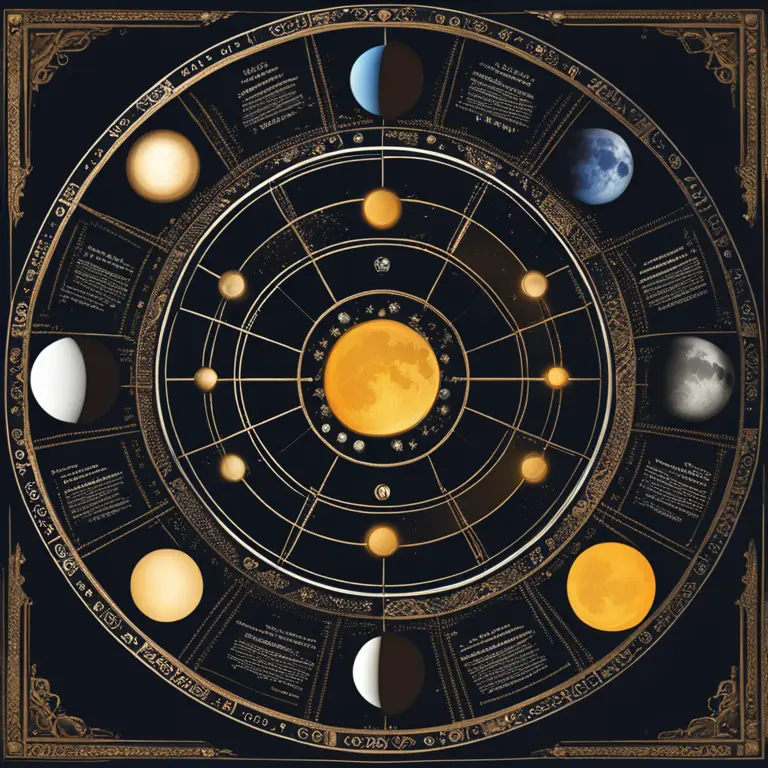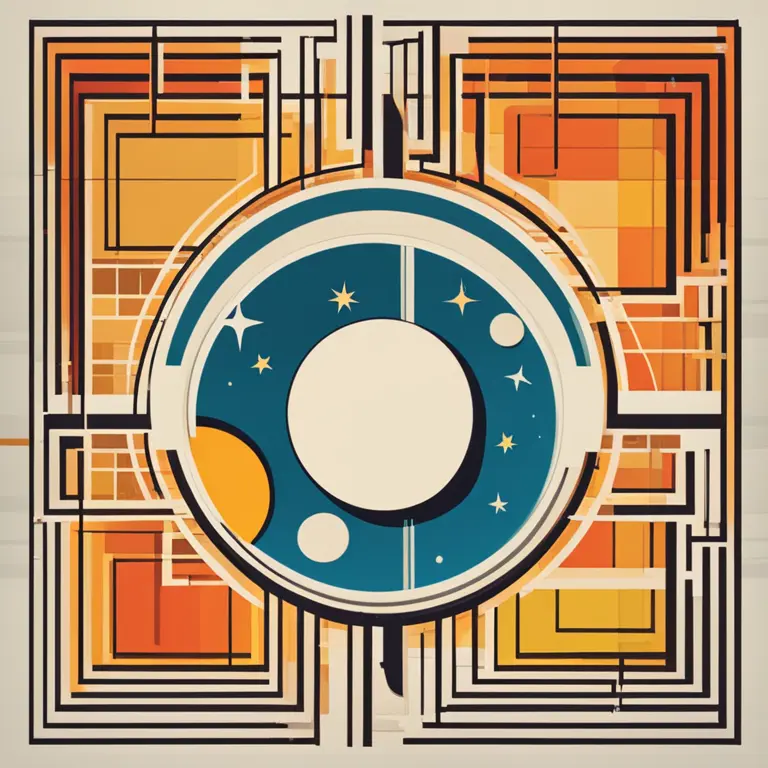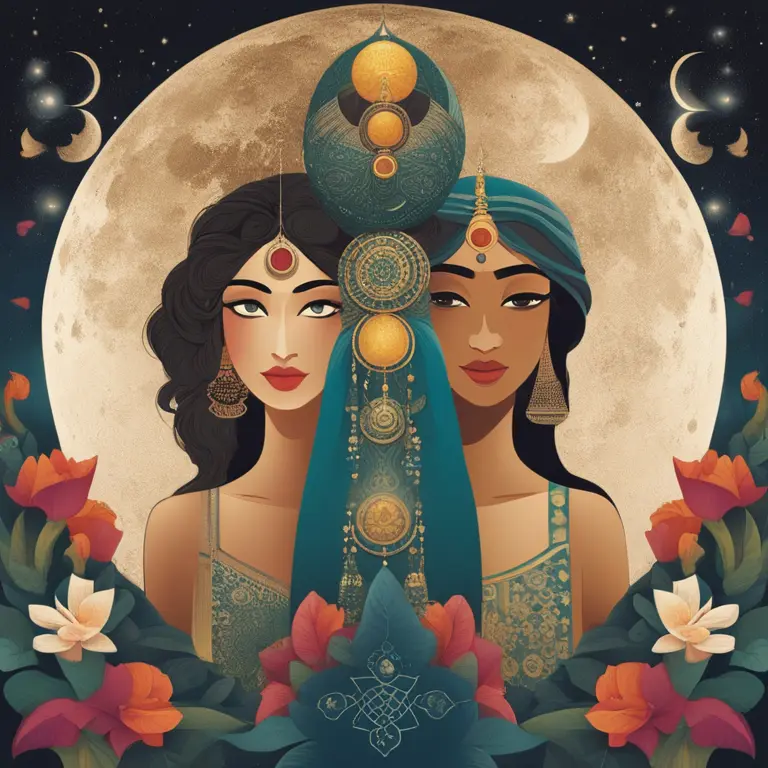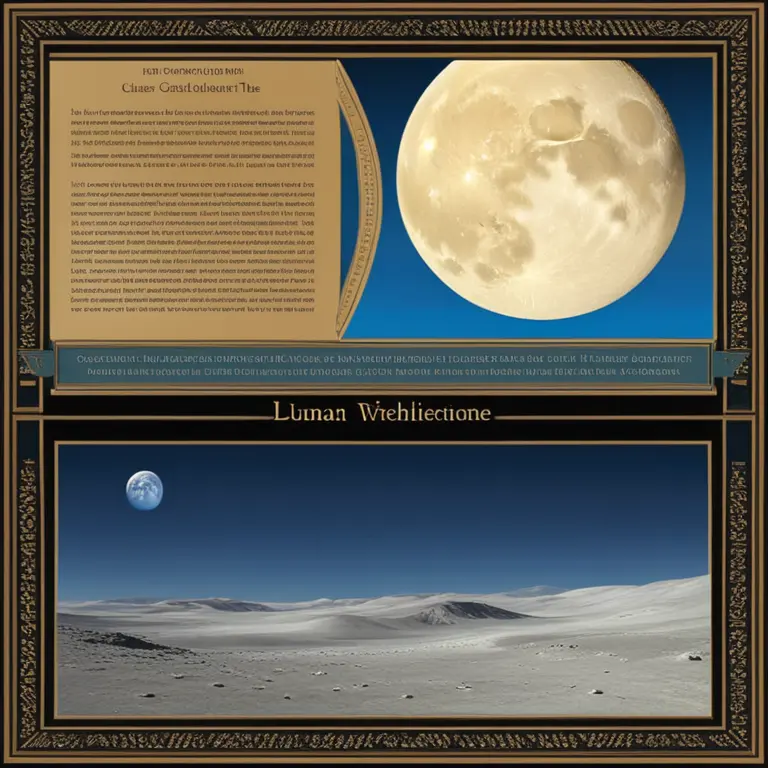
The Lunar Cycle: Phases and Their Historical Significance
Delve into the history of the moon phases and their role in cultural, astrological, and scientific contexts. Discover how the lunar cycle has shaped human civilization.
article by Priya Deshmukh
The Origins of Lunar Observation
Long before the establishment of modern calendars, our ancestors looked up to the night sky, captivated by the moon's changing appearance. The practice of observing the moon's cycle dates back to prehistoric times when different phases of the moon were crucial for keeping track of time. Early civilizations used the lunar cycle to predict seasonal changes, which informed agricultural practices and religious ceremonies. The waxing and waning of the moon offered a consistent and observable celestial clock.

Astrological Implications of Lunar Phases
In astrology, the moon's phases are believed to exert significant influence on human affairs and natural phenomena. The New Moon, representing new beginnings, is associated with initiation and intention setting, while the Full Moon is often linked to culmination and release. Each phase is said to hold specific energies beneficial for various activities. For example, the crescent moon in 2024 may encourage the starting of new projects or ventures, while a gibbous moon might suggest a time for refinement and adjustment before reaching a goal.

Lunar Phases in Cultural Myths and Legends
The moon's ever-shifting presence in the night sky has been a source of fascination and mythology across cultures. In many traditions, the moon is personified and revered as a deity. In Greek mythology, Selene, the goddess of the moon, rides her chariot across the heavens. The lunar cycle has also inspired countless myths explaining its phases, such as the tale of Chang'e, the Chinese moon goddess, which reflects the moon's symbolism of immortality and enlightenment.

The Scientific Study of the Moon
Scientific interest in the lunar cycle began in earnest with early astronomers like Galileo, who observed the moon through telescopes. In the realms of science and navigation, the moon's predictable patterns serve as an aid in the understanding of earthly phenomena, such as tides and animal behavior. This scientific inquiry culminated in the Apollo missions in the 20th century, which brought humans to the moon's surface, transforming our understanding of its phases and their origins.

Modern Relevance of Lunar Phases
In our contemporary world, the moon phases continue to hold relevance. Aside from their significance in calendars and tide prediction, the lunar cycle is still prominent in astrology. People consult lunar phases for insights into the best timing for life events, such as weddings or career moves. In 2024, for instance, the moon phase might be consulted for auspicious dates or to provide a thematic backdrop to astrological forecasts and personal horoscopes.
Conclusion: The Moon's Timeless Impact
Throughout history, the phases of the moon have offered both a practical guide for survival and a source of wonder. Their impact on culture, religion, and science is as profound today as it was in ancient times, showing that our connection to the lunar cycle is one of humanity's most enduring and shared experiences.
Published: 1/19/2024
Modified: 1/19/2024
More predictions
Come back here soon to learn more about yourself and your future


Correlation Between Lunar Cycles & Relationships
Delve into the intriguing correlation between lunar cycles and the ebb and flow of personal connections in this enlightening article.


Moon Phases & Menstrual Cycles Connection
Delve into the compelling correlations between the lunar cycle and women's menstrual periods, exploring how these natural rhythms might interconnect.


Moon Phase Mystique: Harnessing Cosmic Energies
Delve into the powerful influences of lunar cycles. Learn how each moon phase can impact our lives and how to harness its unique energy.